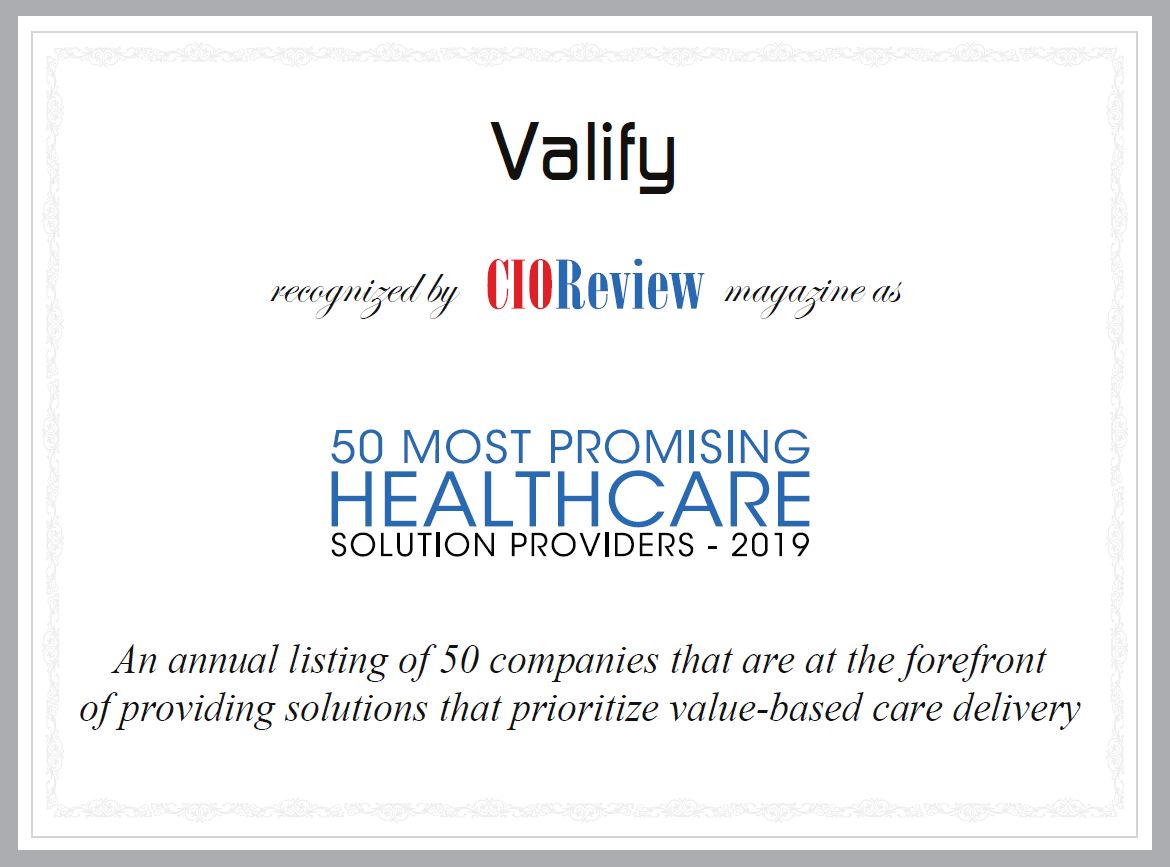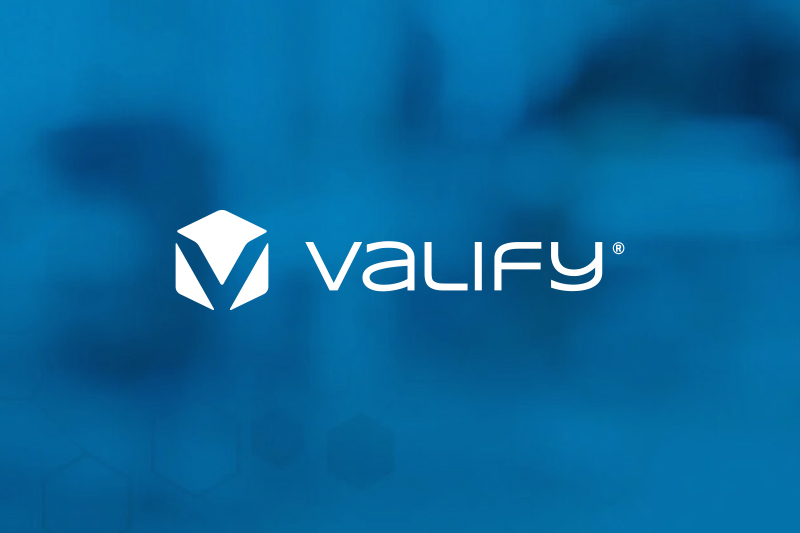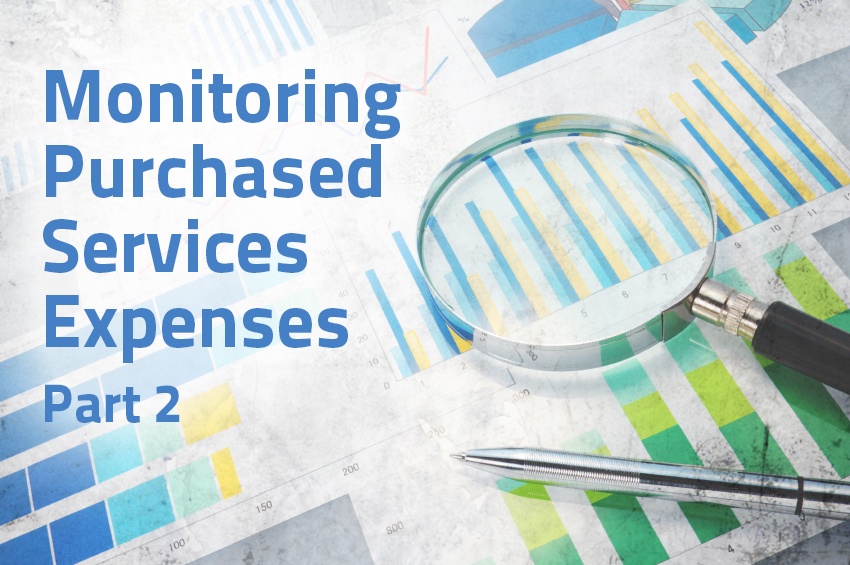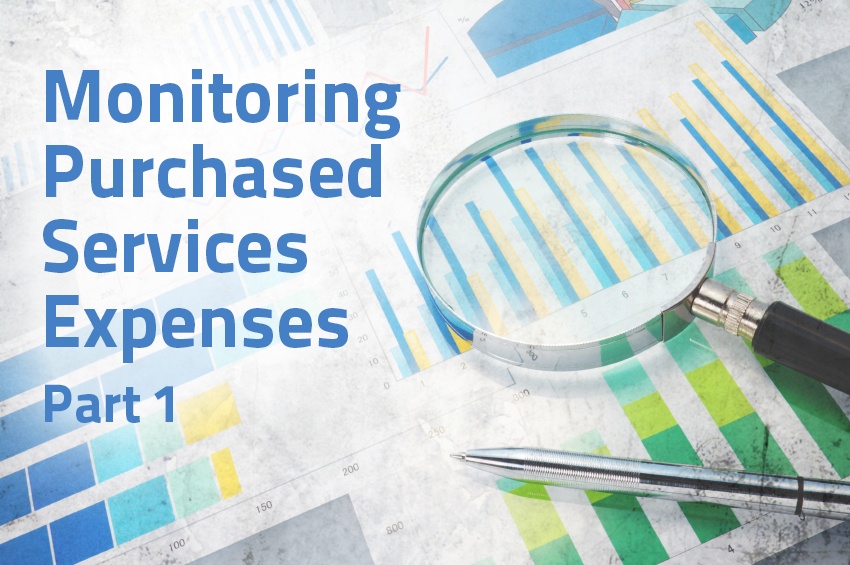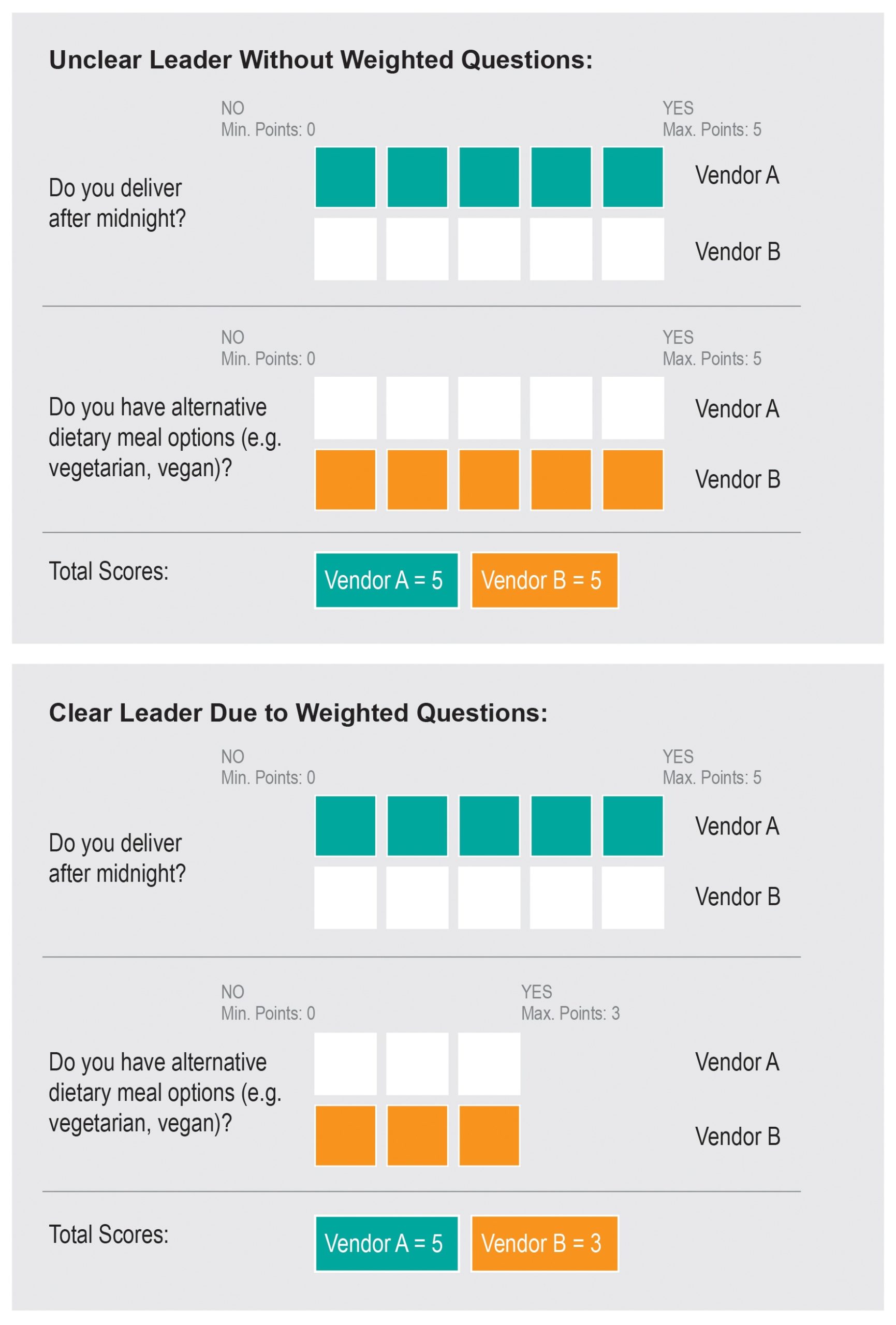Artificial Intelligence (AI) is changing how healthcare organizations manage operations and improve financial health.
In purchased services, hundreds of vendors and service lines compete for attention. AI cuts through the noise. It gives teams instant clarity and control.
At Valify, we use AI to help healthcare systems streamline procurement and boost efficiency. Most importantly, we help customers find hidden cost savings like never before.
The challenge: complexity in purchased services spend
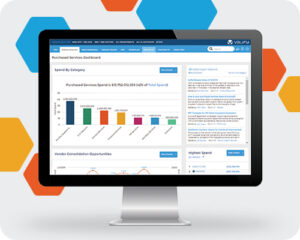
Purchased services are often one of the most overlooked and complex areas of hospital spend. When sourcing is scattered across vendors and departments, it’s hard for healthcare organizations to see the full picture.
“Managing and centralizing purchased services, which can include multiple vendors across hundreds of categories, is incredibly complex,” explains Les Popiolek, CEO of Valify.
For many healthcare leaders, simply understanding where they stand is half the battle. Without centralized data, it’s harder to make quick, confident decisions. Supplier relationships become harder to manage. And valuable savings often slip through the cracks.
AI as the game-changer: from data overload to actionable insights
Traditional data analysis methods often involve cumbersome spreadsheets and disjointed reports. While these manual processes can get teams by, they are time-consuming and don’t always deliver the full picture.
As Popiolek puts it: “Without understanding exactly where your organization stands on purchased services spend, managing these services in a cost-effective and efficient manner is impossible.”
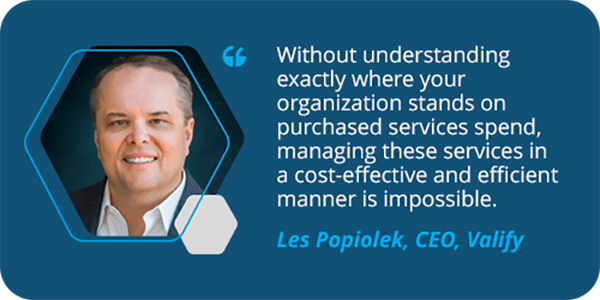
Valify’s AI-powered platform solves this problem by organizing and analyzing spend data. Using advanced AI, Valify turns complex data into clear insights that healthcare leaders can trust.
How Valify’s AI Spend Insights helps healthcare teams win
The introduction of AI Spend Insights marks a major step forward for healthcare procurement teams.
AI Spend Insights is built to be simple and intuitive. Users can ask plain-language questions and receive clear, summarized answers without needing advanced training.
With AI Spend Insights, you can:
- Spot high-cost areas across service categories
- Find hidden vendor or contract redundancies
- Benchmark spend against peers in real time
- Speed up sourcing decisions with confidence
“With AI, we are able to expand the power of our analytics to executives and other users who do not use Valify on a daily basis by adding features like AI Spend Insights,” says Rick Mattock, Director of Product Management at Valify.
Data security you can trust
As AI adoption grows across industries, data security remains a top priority. This is especially true in healthcare. Valify’s AI integrations are designed with security in mind, keeping client data safe and confidential.
Valify’s approach prevents external AI providers from using client prompts or outputs to train future models. Healthcare systems can trust that their procurement data stays within Valify’s secure environment.
Delivering more value, faster
Valify’s AI is built into every layer of the platform. From user experience to data enrichment and acquisition, these tools help healthcare systems work faster and smarter.
For healthcare supply chain leaders, this means:
- More time back for high-value strategic initiatives
- Less time spent on manual data processing
- Stronger supplier management through clearer spend visibility
- Increased savings from faster identification of cost-reduction opportunities
“We are advancing Valify’s AI capabilities to deliver unique insights and automated solutions, differentiating the platform from competitors,” adds Mattock. “While data itself is essential, it’s the strategic application of advanced AI that unlocks deeper insights and drives meaningful change for healthcare leaders.”
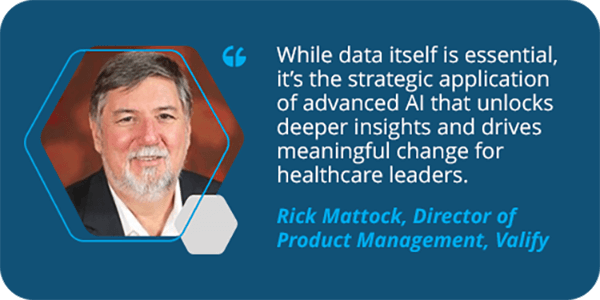
Why AI matters for healthcare procurement leaders
AI is here to stay. Organizations that embrace it will move faster and operate leaner. By applying advanced analytics to your purchased services data, you unlock powerful benefits. You gain a deeper understanding of spend patterns, contract efficiencies, and vendor performance.
Valify’s AI does more than automate tasks. It gives healthcare teams the confidence to make smart, data-driven decisions that reduce costs and improve operations.
Learn more about Valify’s AI and spend management tools
Want to take your organization’s purchased services strategy to the next level? Check out more of Valify’s solutions:
- Custom Contracting: Tailor your sourcing to your organization’s needs
- Benchmarking Tools: See how your spend stacks up against peers
- Aggregate Sourcing Events: Leverage the spend and volume of members to drive value for group RFPs
Ready to see AI Spend Insights in action?
We’d love to show you how Valify’s AI-powered tools can make an impact for your organization.
Schedule a demo today. See firsthand how we help healthcare teams reduce costs, work smarter, and take control of their purchased services.



